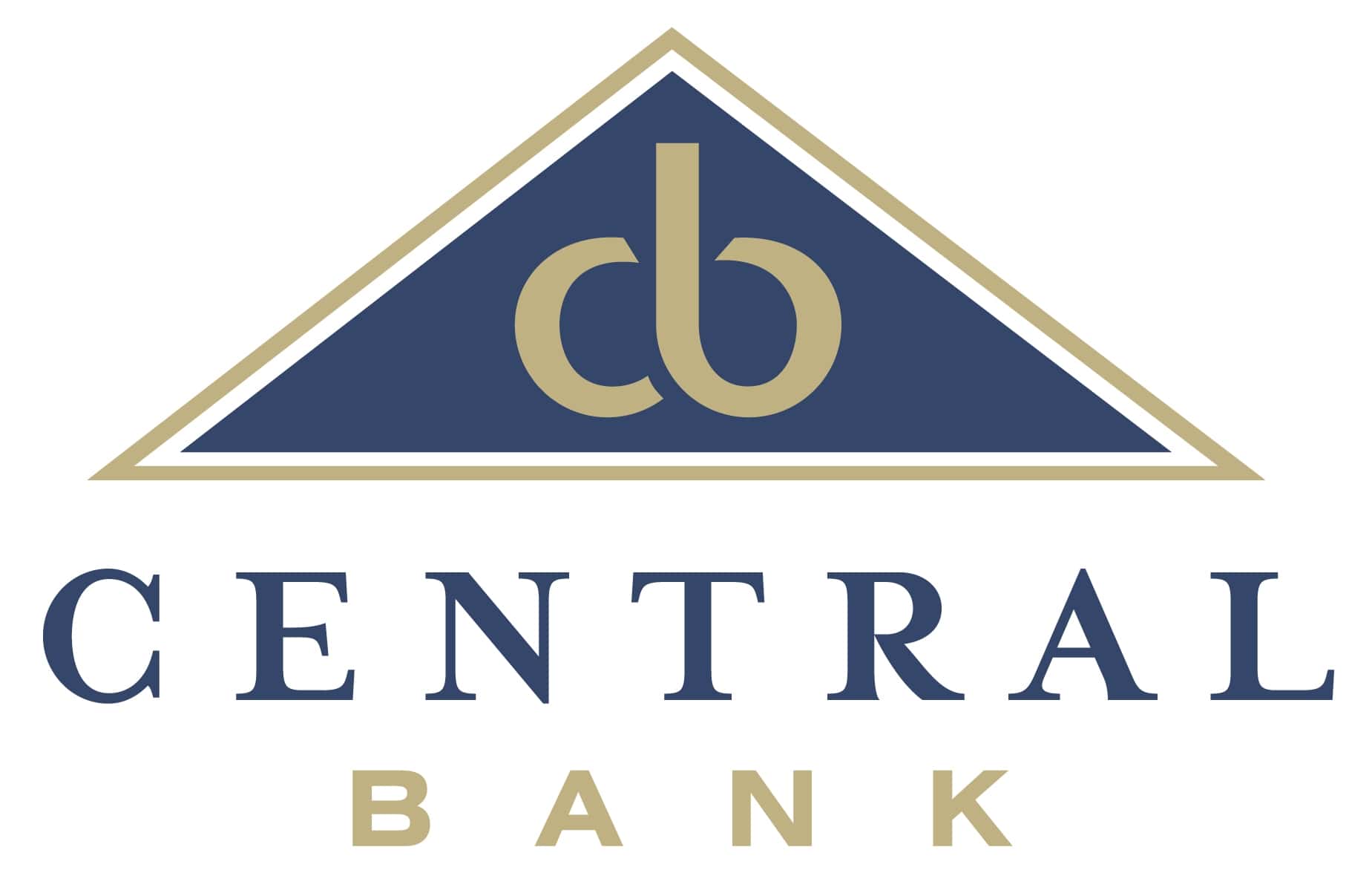Imagine your bank account lives purely in your pocket, sans the bank. As the tide of CBDC and bank disintermediation rises, it’s a spectacle you may witness sooner than you think. I’ve turned every stone to uncover how this new wave of digital currency could push traditional banks to the brink. Stay with me, and let’s deep dive into a world where digital wallets aren’t just for online shopping sprees but hold the key to our financial futures.
Understanding CBDCs and Their Impact on the Banking Landscape
Exploring How CBDCs Work and Their Key Features
Imagine a new kind of money, straight from the bank that prints cash. That’s a Central Bank Digital Currency, or CBDC. It’s like the money in your pocket, but digital. It’s stored on tech we call blockchain. This tech keeps your money safe and sound. Banks and countries keep a close eye to make sure everything runs smooth.
CBDCs mean you can pay for things fast and easy, anywhere, any time. No need to carry cash or cards. You just use a digital wallet on your phone. This could change how we all buy things forever. It’s a big deal for banks too. It might shake up how they do business and serve you.
Digital Currency vs Traditional Banking: A Comparative Analysis
Now, let’s chat about how digital currency stands next to traditional banking. Banks are like the middle man. You put your cash in, they keep it safe, and help you send it to others. Digital currency cuts out that middle man. Money goes straight from you to where it needs to go.
This direct line could mean some risks for banks. If we all move to digital currency, what happens to them? They might not be as needed as before. But, don’t write them off just yet. Banks could find new ways to help us, like giving advice or new services. They’re also getting better at using tech to make banking easier.
Using CBDCs can come with hiccups, like making sure they fit with old bank ways. But the perks could be huge. A simpler, quicker way to pay for things, even across land and sea. Less cost for sending money is great news all around. It means more cash in our wallets at the end of the day.
Blockchain tech is key in all of this. It’s a list of who owns what digital money and where it’s gone. It’s tough as nails to mess with, which keeps our CBDCs safe.
But let’s not forget, safety and privacy are big deals. The folks behind CBDCs are working hard to build trust. They are making rules and checks to keep our digital cash safe.
So, will banks become old news? Not likely. They’re fighting to stay in the game. They’re working to keep your trust and to stay helpful by offering new ways to manage your money. It’s a big change. And change brings chances to grow, for them and for us.
As we take on this digital dollar adventure, we figure out how to build a bridge for everyone. Banks, businesses, and us, the folks spending the money. We’re all in this together, on the journey to new money for a new time.
The Risks and Challenges of Integrating CBDCs into Existing Financial Systems
Navigating Potential Financial Stability Concerns with CBDCs
Picture a world where money lives on your phone, not in your wallet. That’s the promise of CBDC — digital bucks from the folks who bring you paper money. Sounds cool, right? But hang on. We must think about risks, like a boat captain watching for storms.
Central banks run the show when it comes to money. They print it, they keep it stable, and yes, they are thinking about going digital. But what happens to that stability when we switch? Will your savings be as safe as in a big metal bank vault?
CBDC can stir the pot. If lots of people pull cash from banks to hold CBDC, banks might get wobbly. They might not have enough dough to lend. Loans could dry up, like a river in the desert. Without loans, businesses can’t grow and people can’t buy homes. That’s bad news for everyone.
So, the big brains at central banks have to be like tightrope walkers. They must keep things balanced. Moving too fast or too slow could trip them up. They ask, “How do we keep money safe and flowing?” That’s a tough one to crack. But they’re working on it, every day, trying to figure out the best way to blend CBDC with the cash we have now.
Addressing Privacy and Cybersecurity Issues in the Age of Digital Currency
Now let’s talk about keeping secrets. Money matters are private. You don’t want Joe from down the street to know what you spent on those new sneakers. When money goes digital, privacy gets tricky.
Hackers are out there, rubbing their hands, ready to pounce. They love the idea of digital dollars. It’s like a treasure chest they want to unlock. But banks and central banks say, “Not on our watch!” They’re setting up walls and traps to keep your CBDC safe. Think computer wizards meeting bank guards, and they’re all wearing capes.
Privacy is not just a “nice to have.” It’s a must-have. People won’t use CBDC if they think their secrets can leak out like water from a sieve. But remember, privacy has another side. We can’t let bad guys hide their money moves. So the tech has to be smart, like a detective. It has to protect you but also catch the crooks.
In this new digital world, rules are king. Central banks are writing them to make sure every digital penny can be tracked, but also to keep your info locked up tight. It’s a big puzzle, but they’re on it, fitting the pieces together.
Adapting to CBDC means banks and central banks have to learn new tricks. They’re like old dogs in a tech park full of frisbees. They have to catch them all to keep your money safe and your privacy locked down. They’re working with tech wizards, making plans, and testing everything to the max. It’s no walk in the park, but they’re not giving up. They’re building a future where your money is as mobile as you are and still as secure as those vaults we used to visit.
The Future of Financial Intermediation: How CBDCs Reshape the Role of Banks
Examining Bank Disintermediation Causes and Effects
Banks have always been where we save, get loans, and manage our cash. But imagine a world where the bank’s role starts to fade. This is where Central Bank Digital Currencies (CBDCs) come into play. They can directly link central banks and individuals, leaving out banks. This effect is known as bank disintermediation.
So, what causes bank disintermediation? Mainly, technology and the appeal of CBDCs. People and businesses may start using CBDCs for their daily money tasks. This happens because CBDCs offer faster, safer, and possibly cheaper ways to pay and get paid.
What does this mean for banks? They risk losing their spot as the middlemen. But, it’s not all bad news. Banks can adapt by offering new services. They could handle the safekeeping and services around CBDCs, like helping with digital wallets.
As an expert, I get asked: Will CBDCs make banks obsolete? My answer: not entirely. Banks will still be needed but their jobs will change. They’ll move from being the only gatekeepers of money to one of many options. They must evolve or face getting left behind.
The Progressive Role of Fintech in Advancing CBDC Adoption
Let’s move to how financial technology, or fintech, companies are spurring CBDCs on. Fintech is changing how we handle money daily. These companies are quick to adopt new tech like CBDCs. They’re making apps and tools that make it easy to use digital money.
Because of this, more people are getting ready to use CBDCs. The sleek user interfaces and simple designs of fintech apps appeal to customers. These apps make moving to digital currency less scary and more exciting.
And there’s more. Fintech firms are not just about cool apps. They push for changes in how we make rules for money too. They work with policymakers to set up safe and fair ways to use CBDCs.
Wrap-up? CBDCs are changing the game for banks and fintech is rushing it along. Banks aren’t going away soon. But they will have to up their game. With fintech’s help, using CBDCs could be as easy as sending a text message. The time is now for banks to jump on this change and keep their customers close. If they don’t, someone else will.
In the big picture, fintech’s rise and CBDCs shake up the old way. This is huge for how we’ll think of money and banks in the future. It tells us that banks can stick around, but they’ll play a different game. As we see how fintech helps CBDCs grow, we must keep asking: How can banks stay important in our digital money world? The answer lies in the banks’ ability to innovate and in fintech’s role in leading the charge.
Strategizing for a Smooth Transition Towards a CBDC-Enabled Financial Ecosystem
Assessing CBDC Implementation Strategies and Regulatory Compliance
When we roll out a central bank digital currency, we must plan well. It’s not just about making a new kind of money. We have to be sure it’s safe, legal, and works well for everyone. This means we check every step and rule.
With CBDCs, keeping them in line with laws is a big task. Each country has its own money rules. So, a CBDC has to fit with these, or we must change the rules carefully. This helps keep everyone’s money safe and the system strong. With good rules, banks can use CBDCs without worry.
Some think CBDCs might hurt banks. They worry people will keep all their money in these digital forms, instead of at the bank. But if we use CBDCs right, they can make things better for us all. Banks can use this tech to give us new, cool ways to handle our money.
Fostering Consumer Adoption: Building a Bridge Towards a Cashless Society
Moving to a world with less cash and more digital money sounds like a big change. But it can make our daily money tasks much easier and faster. To get there, we all need to understand and trust CBDCs. Without trust, people won’t use them, and they won’t work well.
Here’s why we should like the idea: CBDCs are quick and easy to use. They can move money across the world in a snap. CBDCs might also cost less to use than cash or cards. And they could offer us more safety than carrying cash around.
The journey to a CBDC world will be big for all of us. Kids might use digital wallets, just like their lunchboxes! And we’ll see new jobs grow, all about digital money.
In the end, CBDCs can help us share money in a snap, with anyone, anywhere. If we teach everyone how they work, and if we make good rules for them, CBDCs can help us all have a smoother time with money. This is an exciting time to think about what money will look like in the future. And with careful steps and smart thinking, we all can be part of a new money world that’s quick, safe, and open to everyone.
We’ve journeyed through the world of Central Bank Digital Currencies (CBDCs), unlocking their workings and impact on banks. From CBDC features to their comparison with traditional banking, we’ve covered the essentials. Facing head-on, we tackled the risks and challenges of weaving CBDCs into our financial fabric, underscoring stability and security as critical concerns.
In a twist, we saw the potential for banks to play new roles, thanks to fintech’s push on CBDC growth. We wrapped up by strategizing for a CBDC future that respects rules and promotes digital uptake.
My final take? CBDCs aren’t just a trend; they’re a shift in how we’ll manage money. Let’s ready ourselves for change, embrace the digital wave, and keep tabs on this evolving story. Stay informed and get set for a banking revolution that’s just beginning!
Q&A :
What is a CBDC and how could it lead to bank disintermediation?
A Central Bank Digital Currency (CBDC) is a digital form of a country’s fiat currency, issued and regulated by the nation’s central bank. As CBDCs facilitate direct transactions between parties without the need for intermediaries like commercial banks, there’s a concern that their widespread adoption could lead to bank disintermediation, making traditional banking services less relevant or bypassed entirely.
How might CBDCs impact the traditional banking system?
The introduction of CBDCs possesses the potential to redefine the financial landscape by altering how money is deposited, transferred, and held. Traditional banks could face challenges, as CBDCs provide a government-backed alternative for secure digital transactions, possibly leading to a decrease in the reliance on banks for these services and affecting their bread-and-butter revenue streams.
Can CBDCs coexist with commercial banks?
The coexistence of CBDCs with commercial banks largely hinges on the regulatory framework and the operational model chosen by the central bank. In scenarios where CBDCs are designed to complement the existing banking system rather than replace it, both can coexist. Collaboration models, where banks continue to provide value-added services, could also ensure their ongoing relevancy.
What are the risks of bank disintermediation due to CBDCs?
Bank disintermediation due to CBDCs carries several risks, such as reduced profitability for commercial banks, a potential increase in interest rates to retain depositors, and the shifting of traditional credit provision roles. Moreover, central banks could become major players in retail banking, which would alter the dynamics of financial stability and monetary policy implementation.
How can banks adapt to the rise of CBDCs and avoid disintermediation?
To adapt to the rise of CBDCs and evade disintermediation, banks may need to innovate and diversify their service offerings, focusing on personalized financial products, advisory services, and leveraging technology for better customer experiences. They can also partner with central banks to serve as distribution channels for CBDCs, thus securing their position in the new financial ecosystem.






